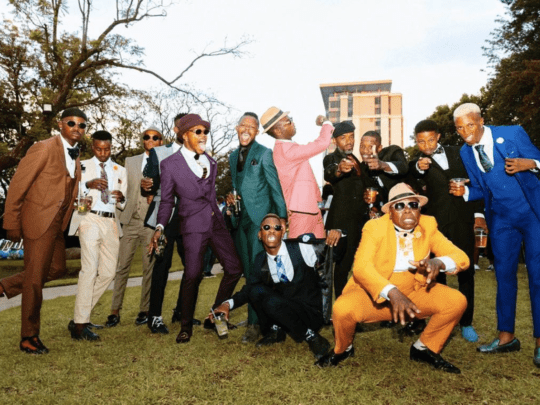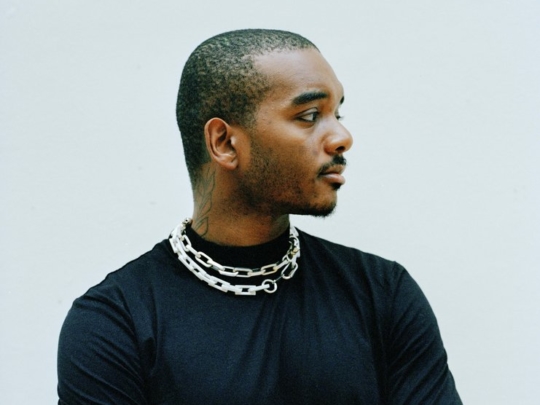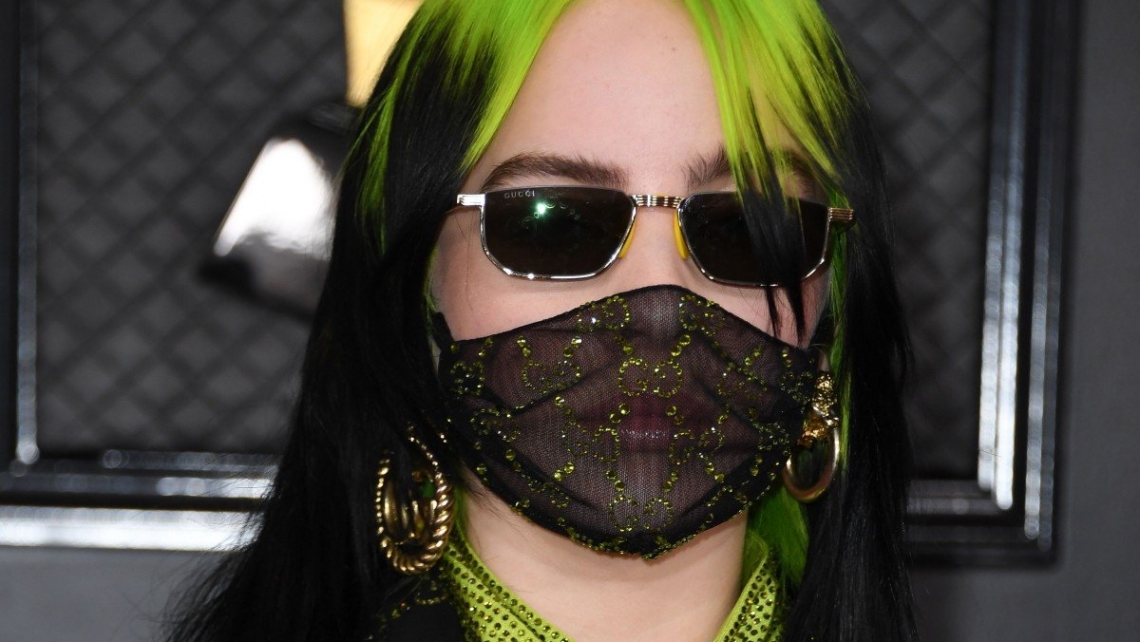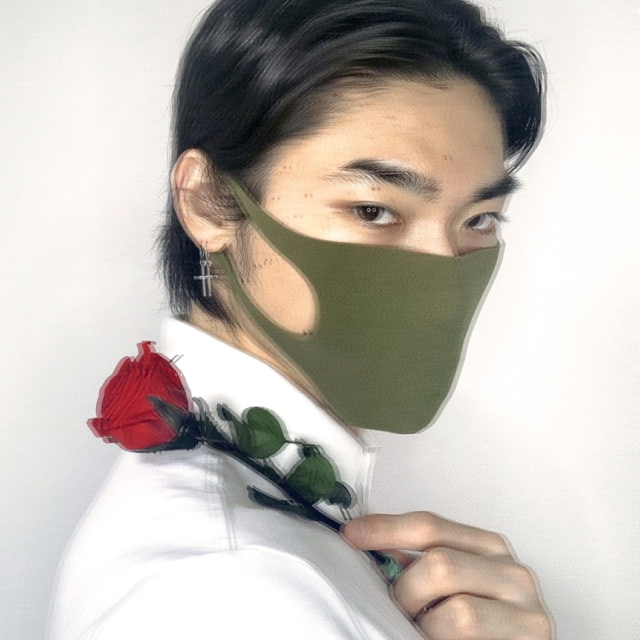Italy is beginning to emerge from lockdown, even if true normality is a long way off. After 50 days confined inside my house high above Lake Como, I’ve had plenty of time to prepare my wardrobe for a return to the world outside.
I’ve always been the kind of person who has had hand sanitiser in my bag. But my latest acquisitions are two pretty and protective face masks. One is black with little silver polka dots for summer night strolls – very A/W2020. The other is white in a lace-like fabric – perfect for S/S 2020.
I love the idea of wearing them this summer, but perhaps I should be thinking longer term. This pandemic is unlikely to disappear quickly. The face mask, never adopted in the West, is about to become part of our way of life.
Talking frankly to my Italian friends and acquaintances, there are multiple and mixed opinions about wearing them. Some say they are useless as a protection, while others defiantly (and perhaps selfishly) say they are too ugly to wear. Others, like myself, are ready to embrace the face mask as a necessary precaution and a potential new genre of fashion accessory.









